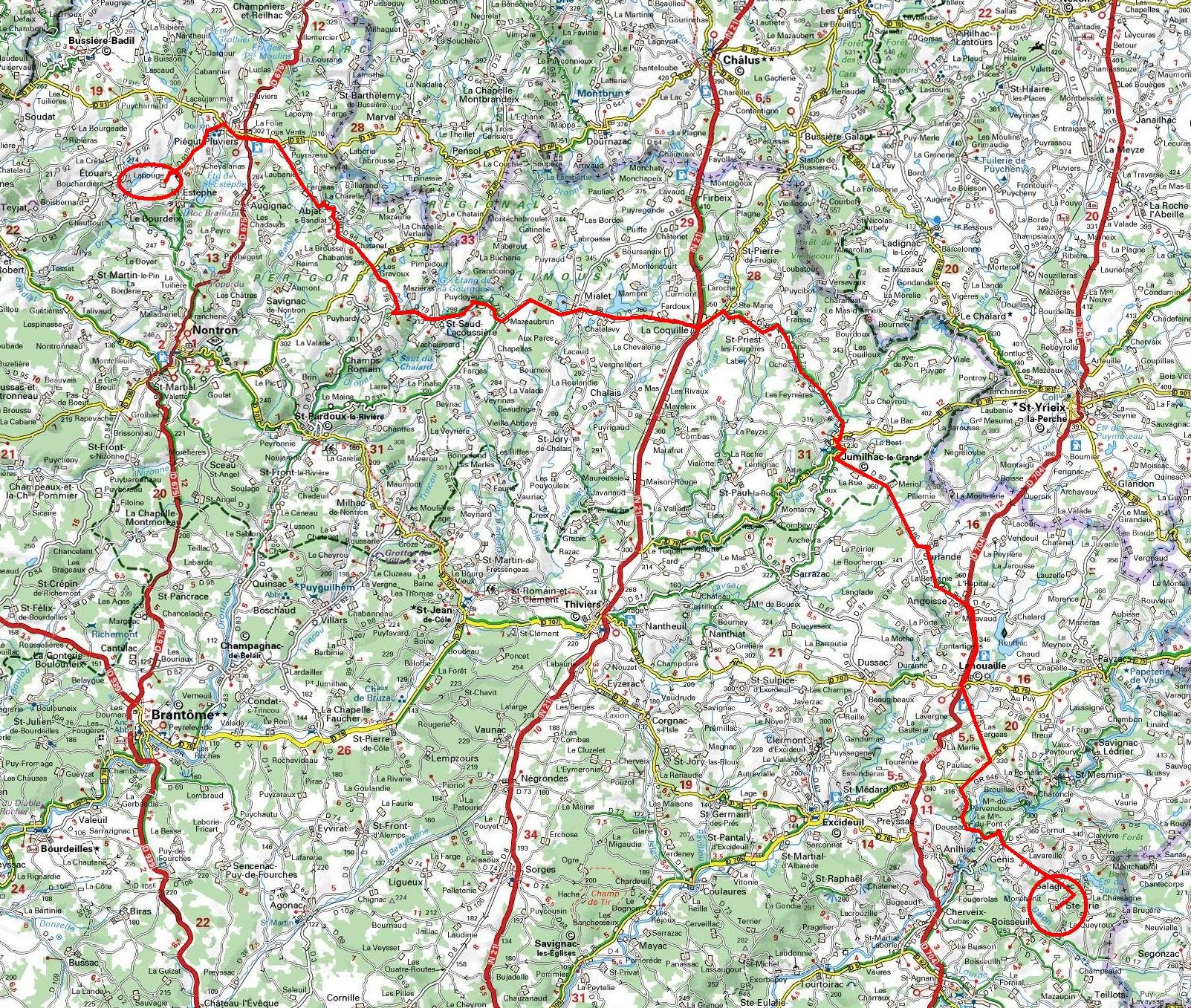

They returned along with the Abbé Henri Breuil on 21 September 1940 Breuil would make many sketches of the cave, some of which are used as study material today due to the extreme degradation of many of the paintings. Those include the Hall of the Bulls, the Passageway, the Shaft, the Nave, the Apse, and the Chamber of Felines. Galleries that suggest continuity, context or simply represent a cavern were given names. The teenagers discovered that the cave walls were covered with depictions of animals. They entered the cave through a 15-metre-deep (50-foot) shaft that they believed might be a legendary secret passage to the nearby Lascaux Manor. On 12 September 1940, the entrance to the Lascaux Cave was discovered on the La Rochefoucauld-Montbel lands by 18-year-old Marcel Ravidat when his dog, Robot, investigated a hole left by an uprooted tree (Ravidat would embellish the story in later retellings, saying Robot had fallen into the cave.) Ravidat returned to the scene with three friends, Jacques Marsal, Georges Agnel, and Simon Coencas. History since rediscovery Modern entrance to the Lascaux cave The original caves have been closed to the public since 1963, as their condition was deteriorating, but there are now a number of replicas. Because of the outstanding prehistoric art in the cave, Lascaux was inducted into the UNESCO World Heritage List in 1979, as an element of the Prehistoric Sites and Decorated Caves of the Vézère Valley. They are the combined effort of many generations and, with continued debate, the age of the paintings is now usually estimated at around 17,000 years (early Magdalenian). The paintings represent primarily large animals, typical local contemporary fauna that correspond with the fossil record of the Upper Paleolithic in the area. Over 600 parietal wall paintings cover the interior walls and ceilings of the cave. Lascaux ( English: / l æ ˈ s k oʊ/ la- SKOH, US also / l ɑː ˈ s k oʊ/ lah- SKOH French: Grotte de Lascaux, "Lascaux Cave") is a network of caves near the village of Montignac, in the department of Dordogne in southwestern France. You can make canoetrips on Dordogne, Vézère, and Dronne, the landscape varying from gorges (mount gaps), castles, woods and cornfields. The Dordogne has many beautiful golfcourses the landscape is sloping, therefore ideal for golf. The province Périgord itself was established during the French revolution, on 4 March 1790. At that time many bastides have been built like Domme. There were many wars between France and United Kingdom from the 11th century up to the 15th century. From 486 up to the 10th century the Merovians and Charlemagnians. The Gauls and the Romans rules from 59 BC up to 284 AC. The population of the Dordogne at that time, called the Cro-Magnons, were hunting these animals. At that time several species lived, that has died out now such as: the mammoth, the prehistoric ox, the woolhairy rhinoceros, the wild horse and the reindeer. Several attraction parks are based on the prehistoric topic with the animals from that time and the habits. There are many caves with prehistoric drawings such as Lascaux, Rouffignac and Cap Blanc. The history of the Dordogne starts 25.000 - 10.000 before Christ. List of the 10 largest municipalities in the department Dordogne: A village such as Terrasson grows then of 6,400 to 20,000. however during the summer there are of course also thousands of tourists. The capital Périgueux has only 30,000 inhabitants. For our standards the cities in the Dordogne are large villages. Dordogne is the third largest province of France. The population is around 400,000 who live in an area of 9,060 km². The inhabitants of the Dordogne are called Périgourdins (related the name of the former province Périgord). The Dordogne, also well-known under the former name Périgord (department 24), is situated in the south West angle of France and is part of the Aquitaine region.


 0 kommentar(er)
0 kommentar(er)
